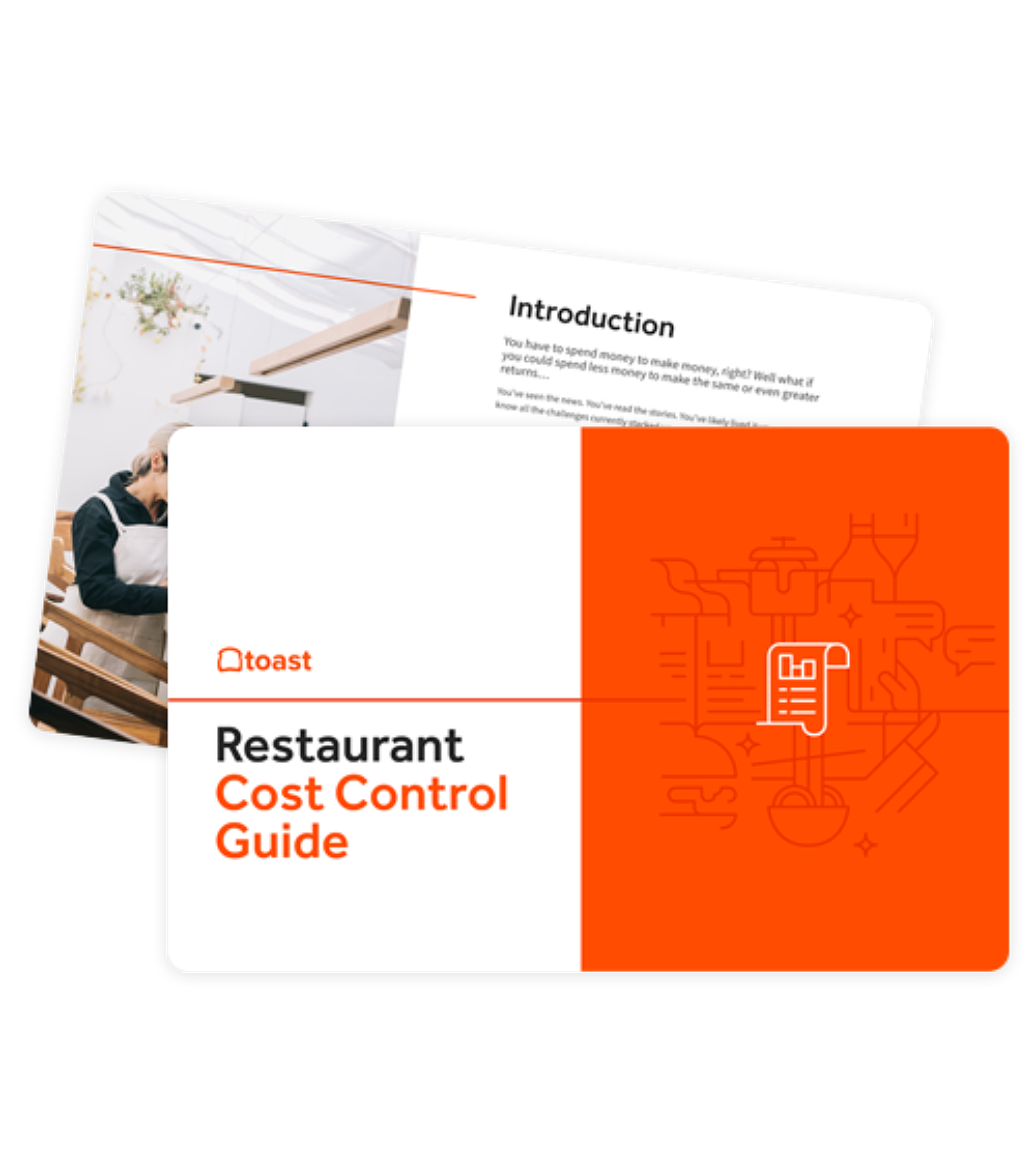
State of Avocado Prices: Wholesale Restaurant Food Cost Trends
See trends and fluctuations for wholesale restaurant avocado prices based on proprietary Toast data.

Tessa ZuluagaAuthor


Restaurant Cost Control Guide
Use this guide to learn more about your restaurant costs, how to track them, and steps you can take to help maximize your profitability.
Avocado prices have made newsworthy headlines in the past — though price increases have been relatively calm in the last year.
Avocados have become a beloved and trendy ingredient in many restaurant dishes, from avocado toast to guacamole. However, the popularity of avocados has also led to higher prices and fluctuating costs — especially before the ongoing food inflation.
Restaurant Operator Insights Report
See insights from real restaurant operators which can help you benchmark your current and planned restaurant technology stack against your peers as we head into 2024 and beyond.

Toast is the point of sale system built for restaurants.
We're able to calculate the average monthly prices that restaurants pay for avocados and other ingredients by using proprietary data from xtraCHEF by Toast, our invoice automation and recipe costing tool.
The average national price per avocado was $1.43 in August — decreasing 3% month-over-month after skyrocketing 58% MoM from June to July ($0.93 to $1.47.)
On average, restaurants make their purchases based on single avocados.
Here's the breakdown of recent MoM fluctuations in wholesale prices:
Historic avocado prices trends
Here's a breakdown of year-over-year avocado price movements over the past five years for restaurants:
Avocados spiked at an average cost of $2.65 for restaurants in July 2019 — preceding the pandemic and food inflation.
Commodities experts weigh in on avocado prices
We were able to speak with some experts in the food commodities space to understand their analysis on avocado prices trends and the impacts on restaurants.
Question
What drives vulnerability in avocado prices? And are there any ways restaurant operators could mitigate increased prices given how temperamental avocados are?
Avocado prices are driven by principles of supply and demand. In 2019, avocados from Mexico experienced an issue with supply, coupled with a short crop in California. This increased costs. Avocado crops have been more stable in recent years and prices are as expected. Restaurants can always look to supplement alternative menu items in the event avocados experience steep increases at temperamental times. The U.S. imports more than 90% of avocados from Mexico.

Brad Rubin
Wells Fargo Agri-Food Institute
The volatility in restaurant avocado prices may give pause to chefs and operators looking to prominently feature avocado-filled dishes on their menus. It can be tough to maximize margins and sustain profits as food prices fluctuate.
Hopefully, restaurants using avocados have in-depth cost-tracking tools that enable them to see the impact of rising costs for avocados as well as across their entire menu items.
Next steps informed by this data may include:
Switching to a different avocado alternative (such as packaged avocado/guacamole)
Reducing wastes by properly storing avocados
Reconfiguring a menu to lessen the focus on avocados
Types of avocados
While Hass avocados are most popular, there are some common avocado varietals that may be available for restaurants but aren’t readily available in grocery stores. These avocados can differ in size, shape, color, and taste.
Here are some of the most common types of avocados:
Hass avocado: This is the most popular type of avocado in the world, known for its small to medium size, dark green, pebbly skin, and creamy, rich flavor.
Fuerte avocado: This avocado is larger than the Hass, with smooth, thin, green skin. It has a milder flavor than the Hass and is often used in guacamole.
Bacon avocado: This avocado is named for its bacon-like flavor and is round or oval in shape with smooth, green skin.
Reed avocado: This type of avocado is oval-shaped with a smooth, shiny, dark green skin. It has a creamy texture and a nutty flavor.
Zutano avocado: This avocado is pear-shaped with a bright green skin. It has a mild flavor and is often used in salads and sandwiches.
Avocado supply chain for restaurants
The avocado supply chain typically involves multiple stages and actors, including growers, packers, processors, exporters, importers, distributors, wholesalers, and retailers. Like many food and restaurant supply chains, it has to be a timely process because fresh avocados are a must given their short shelf life.
The avocado supply chain begins in various places along the equator, including California, Mexico, Peru, and more. Mexican avocados are popular given the proliferation of the notable campaign, “Avocados from Mexico.”
Restaurant Operator Insights Report
See insights from real restaurant operators which can help you benchmark your current and planned restaurant technology stack against your peers as we head into 2024 and beyond.

Start tracking avocado prices today
Avocado shows up in salads, sandwiches, dips, smoothies, and plenty more main and side dishes. Incorporating avocado prices — and all ingredient costs — into financial reports requires restaurant operators to have a strong back-of-house foundation built on invoice automation.
Invoices are the single source of truth for restaurant costs — pinpointing prices and fluctuations for individual ingredients as well as paper goods, non-alcoholic beverages, and more.
With accurate and up-to-date ingredient prices from invoices, operators can start calculating plate costs. Plate costing is a detailed exercise that zooms into the recipes and/or individual ingredients that make up a dish — requiring detailed recipe costs and portion costs for ingredients.
Costing exercises can help show how each component is contributing to the overall profitability of a dish or drink. And recipe costing software can help make it easier to calculate and achieve an ideal balance between portions and profits.
Methodology
Toast analyzed monthly invoice items for avocados from restaurants using xtraCHEF by Toast. Items are weighted by the frequency of orders, not quantity. A standard unit of measure is determined so that an average price can be calculated across all invoice inclusions of the ingredient.
Is this article helpful?
DISCLAIMER: This information is provided for general informational purposes only, and publication does not constitute an endorsement. Toast does not warrant the accuracy or completeness of any information, text, graphics, links, or other items contained within this content. Toast does not guarantee you will achieve any specific results if you follow any advice herein. It may be advisable for you to consult with a professional such as a lawyer, accountant, or business advisor for advice specific to your situation.
Read More
Subscribe to On the Line
Sign up to get industry intel, advice, tools, and honest takes from real people tackling their restaurants’ greatest challenges.



